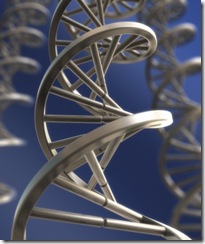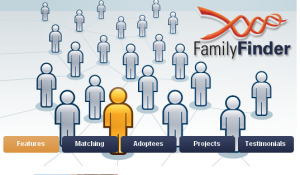This morning, a single tweet sent me on a 2-hour tour (more, if you count drafting this post!) of my genome.
In the tweet, Mary Carmichael expressed interest in a potential book regarding the orchid/dandelion theory recently described in a December 2009 article in The Atlantic “The Science of Success.” Before this morning, I was not familiar with either the article or the theory.
The introduction to the article, reproduced below, does a good job of summarizing the main thrust of the very long (but extremely interested and worthwhile) report:
“Most of us have genes that make us as hardy as dandelions: able to take root and survive almost anywhere. A few of us, however, are more like the orchid: fragile and fickle, but capable of blooming spectacularly if given greenhouse care. So holds a provocative new theory of genetics, which asserts that the very genes that give us the most trouble as a species, causing behaviors that are self-destructive and antisocial, also underlie humankind’s phenomenal adaptability and evolutionary success. With a bad environment and poor parenting, orchid children can end up depressed, drug-addicted, or in jail—but with the right environment and good parenting, they can grow up to be society’s most creative, successful, and happy people.”

 Mary Carmichael
Mary Carmichael

